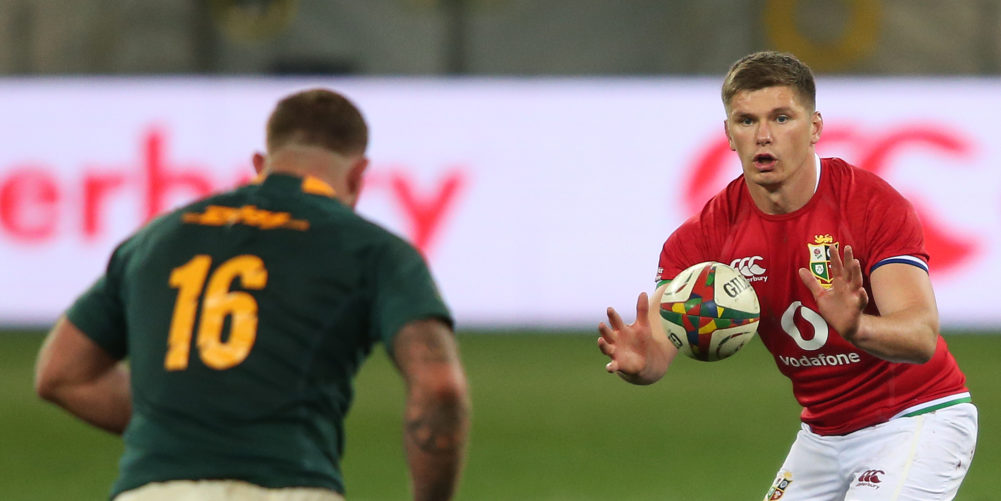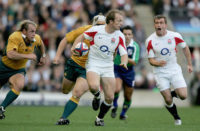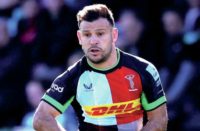The Lions tour of South Africa was made for Owen Farrell, tight, tense and dominated by the boot, but the England captain played a mere bit part and was left out of the match day 23 for the final and deciding Test.
At least he was in the squad, unlike his England captain predecessors on the previous three trips, Dylan Hartley, Chris Robshaw and Steve Borthwick, and he joined Jason Robinson who did not play a part in the Third Test in New Zealand in 2005. But as he enters his last month as a twentysomething, his career has reached a defining moment with a clamour for attacking outsidehalves.
Four years ago, England's head coach Eddie Jones was left to rue the physical cost of the Lions tour to New Zealand, but this year the mental state of some of his players will concern him more.
It was the first major selection setback for Farrell since he was given his first England cap in 2012: having been involved in eight successive Lions Tests, he watched from the stand as Dan Biggar limped off after ten minutes and was replaced by Finn Russell. It was not as seismic as dropping Brian O'Driscoll in 2013, but the Lions deciding they did not need their most experienced back, one who revels in attritional rugby and covered two positions, would not have dismayed South Africa.
Farrell is 30 next month. It used to be an age when outside-halves were considered to be reaching the end of their usefulness, but with the 37-year old Morne Steyn kicking the Springboks to victory last Saturday, Johnny Sexton, two years his junior, still Ireland's most resourceful back, and Dan Carter in a World Cup-winning side when he was nudging 34, Farrell still has caps in him but having been indispensable for so long, will he fall in between the two positions he has covered, 10 and 12?
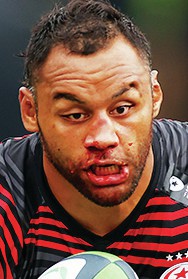
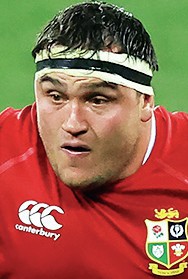
Someone of his competitiveness can be expected to respond to adversity by proving he still has it, but with Marcus mania burning ever more fiercely after a series that was largely anti-rugby, the reverse of the Gallagher Premiership final between Harlequins and Exeter at Twickenham in which Marcus Smith dictated an open game from 10, Jones has a decision to make over his captain: whether he plays and, if so, where, outside-half or inside-centre.
The Lions, despite needing a secondfive to help thwart a rush defence and get the ball wide, did not consider him at 12 in the series. If Jones goes for Smith, and he also has George Ford to consider, would a gainline breaker like Manu Tuilagi or Ollie Lawrence be needed outside him rather than a second-five?
“England are not going to suddenly jettison someone with Farrell's experience and goal-kicking accuracy,” said Gareth Davies, a Test outside-half on the 1980 Lions tour to South Africa who went on to become the chairman of the Welsh Rugby Union. “He is a very similar 10 to Dan Biggar, an organiser rather than a runner, but I feel he missed out in the series because his levels in the last year, perhaps because he was playing with Saracens in the Championship, have been nowhere near as high as in previous seasons.
“He is not going to change his style of play after ten years at the top and with Marcus Smith knocking loudly at the door, his future probably lies at 12 rather than 10. It will come down to the style of play Eddie wants to adopt and it is no use having playmakers at halfback if there is nothing outside them.
England do have a threat out wide through the likes of Anthony Watson, Jonny May and Elliot Daly and even last season, they were good when they created space, but for the most part they were ordinary and Eddie has some big calls to make two years out from the World Cup. It is not just about who he picks at outside-half.”
Farrell has had one summer off since making his international debut in the 2012 Six Nations, and that was last year when sport was among the victims of the lockdown. He has been to South Africa three times, New Zealand twice and Australia twice and appeared in two World Cups. His two appearances from the bench against the Springboks took his total number of caps to 99 and, like all the England internationals, he will have ten weeks off before resuming with his club.
It is not only Farrell who Jones will need to assess. No.8 Billy Vunipola was left at home, leaving the Lions without someone who could make ground from a standing start and a significant factor in their series defeat was the lack of metres made by their forwards in possession, and another Saracen, hooker Jamie George, sat out all three Tests.
Prop Kyle Sinckler was called up as a replacement after not being included in the original squad and flanker Sam Underhill was overlooked for a series that would have suited him with the battle on the floor ultimately crucial, but Exeter No.8 Sam Simmonds was included three years after he won the last of his seven England caps.
“The quality that you look for most in a coach is selection,” said Davies. “You know that having got to the top level they are able to prepare a team and I just felt that the Lions were caught between two stools. They picked a team to run in the first Test with Stuart Hogg, Watson and Daly among the outside-backs, but after Robbie Henshaw and Daly were hit hard in the first ten minutes, they stopped playing. I thought then that Farrell was the obvious choice at outside-half because the revised plan seemed to be made for him but perhaps there were things going on behind the scenes.
“Dan Biggar always gives 100 per cent and is one of the best goal-kickers around, but he is not the most effective 10 at getting the best of those outside him. As soon as Finn Russell came on last weekend, the Lions started moving the ball and creating openings. They showed what was possible, but the fact they picked three different centre combinations and generally mixed and matched suggested there was compromise in selection rather than a plan everyone bought into. We will never know if Russell would have started the First Test had he been fit, but it would have made sense given the rest of the backline.”
Gatland said after naming the team for the First Test that there were times when a coach could not give answers to a player who had been left out. He was referring to Farrell who, four years before in New Zealand, had been ahead of Biggar. It came down, he said, to a feeling that one was the better choice on the day than the other. Biggar had played for the Six Nations champions Wales while Farrell had been part of the team that finished fifth, but with the Lions' two tries in three Tests both coming from driving mauls, their attack failed to fire.
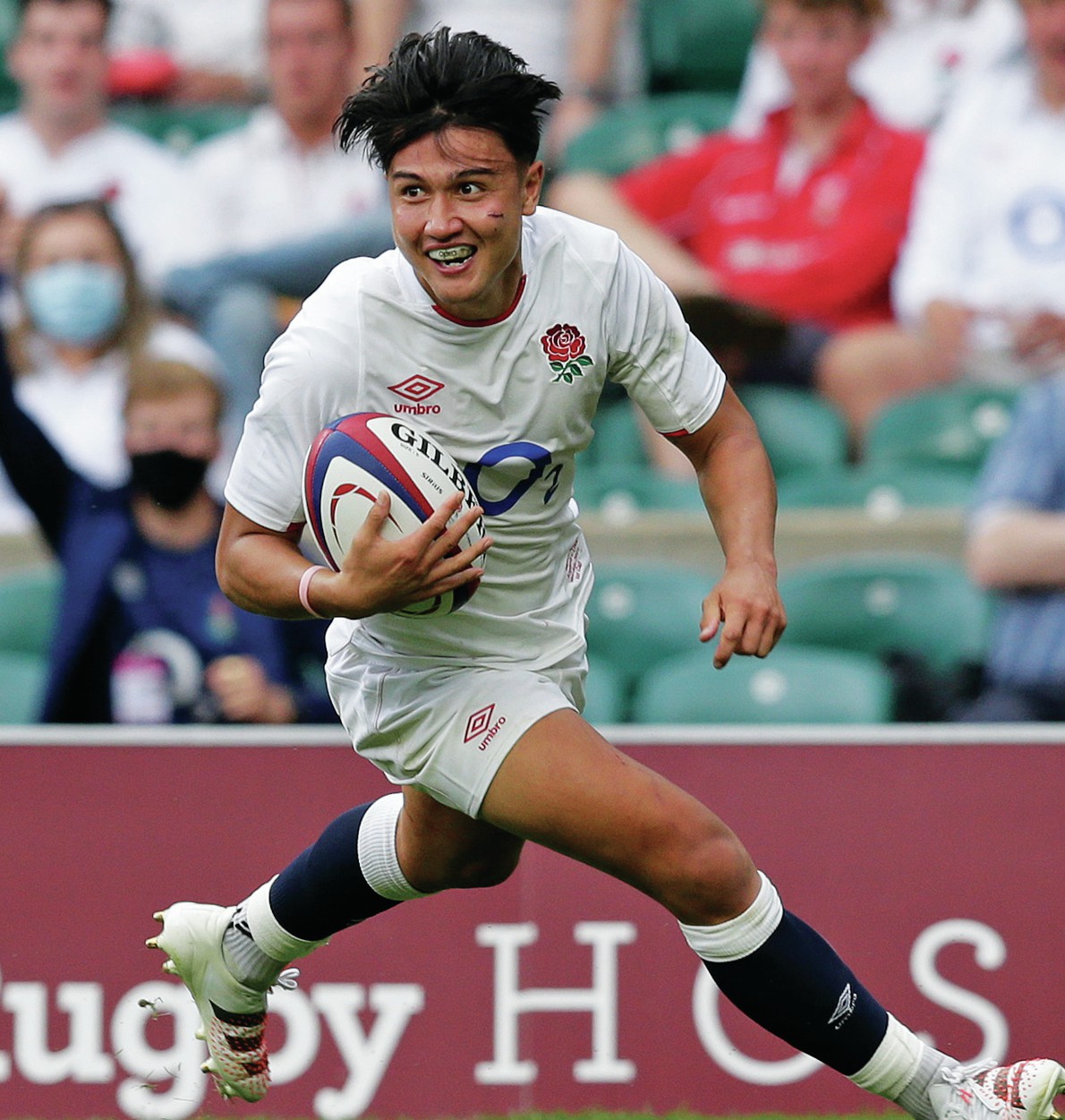
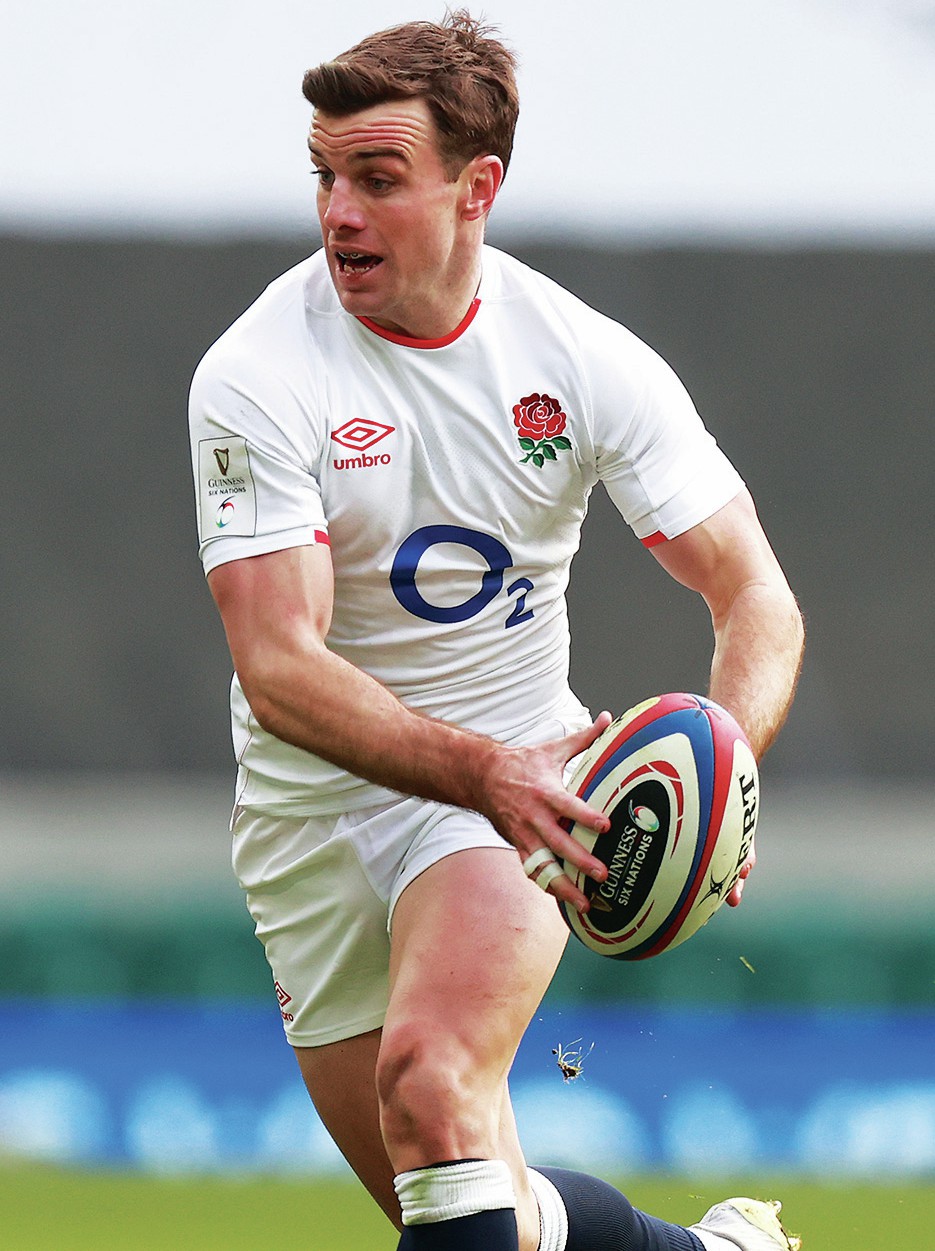
Northampton's director of rugby Chris Boyd wondered before the start of the tour which of the different playing styles favoured by the head coach Warren Gatland and Gregor Townsend, who was in charge of the attack, would prevail. It turned out to be a no-score draw with the Lions neither one thing nor the other. They lacked preparation time, had Covid restrictions to contend with as they operated in a bubble and the grounds were empty, but having won the first Test against a team playing its second international in 20 months which had also been disrupted by the virus, they should have had the initiative.
A few hours before last weekend's Test, New Zealand met Australia in Auckland. The Wallabies may not have South Africa's defensive mindset, but they still took some breaking down. The All Blacks had a scrum-half in Aaron Smith who, winning his 100th cap, cleverly manipulated the defence, especially close to the line, and created tries for David Havili and Damien McKenzie by timing his delivery so they attacked the outside shoulder of the opponent in front of them rather than charge at him.
“It's the whole risk-reward thing,” said the New Zealand head coach Ian Foster when asked for his reflections on the series in South Africa. “What you are seeing is two teams who do not like playing against line-speed, so what they do is kick. That is the answer if you are not prepared to play a slightly more risky game. Everyone will choose a different way.”
The nature of the recent Tests in South Africa, which followed an uninspiring Autumn Nations Cup campaign, has led to calls for the game in Britain to reach out to hearts and minds, putting the ball through hands rather than pump it in the air time and again in the hope of inducing a mistake. Smith is seen as the face of the future, even by Gatland who left South Africa with a dig at England.
“Marcus Smith is going to be superstar,” he said. “I think he's incredibly talented and if he was with one of the other four home nations, he'd definitely have been playing international rugby by now. I hope he gets that opportunity going forward because he's definitely got a huge amount of talent.”
Gareth Davies played at a time when outside-halves led the orchestra rather than operated as second fiddle. “It is not just about who plays at 10 but the make-up of the entire back division,” he said. “The outside-half should be the attacking hub and in Smith, Russell and New Zealand's Richie Mo'unga, there are players who are comfortable in that role.
“Russell provided a spark when he came on in the third Test, but overall it is not a series that will be remembered for the quality of the rugby. In New Zealand's victory over Australia, Mo'unga started a move from under his own posts and that was never going to happen in South Africa. A feature of that game was that players were using their nous and that is something you want to see.”
South Africa's head coach Jacques Nienaber deflected criticism that his side played boring rugby by saying that the game would be dull if there was a uniform way of playing. And it is not an accusation that has been made only recently against the Springboks: when they beat England to win the 2019 World Cup, it was their third final and the first in which they had scored a try.
“The beauty of rugby is that there are different ways to play and teams have distinctive styles,” Nienaber said. “It would be unbelievably boring if everybody played the same way. In the World Cup, we played the most attacking team (Japan) in the quarter-finals and in the semi-finals we played a side with a massive kicking game (Wales).
The way you play is determined by the players you have and we have a different type to New Zealand.”
South Africa had 37 per cent of the possession in the Third Test and played most of the game in their own half. The eight tight five forwards they used carried the ball a total of 14 times for a gain of 14 metres and their left wing Makazole Mapimpi touched the ball twice with the centre Lukhanyo Am seeing it three times.
The Springboks had Cobus Reinach at scrum-half last weekend, a markedly different player to the injured Faf de Klerk but he curbed his running instincts and kept it tight. The series may have had a regular supply of oxygen had Aaron Smith and Antoine Dupont been wearing the 9 jerseys: the Lions started with the intent of going wide but quickly retreated to a kicking strategy, lacking half-backs who had the ability to manipulate space.
Jones was criticised for England's style of play during the Six Nations. He has talked about developing a running game in the build-up to the World Cup, but it will not be at the expense of forward domination. A key question is where Farrell, a commanding presence in the side for so long, will fit in.

